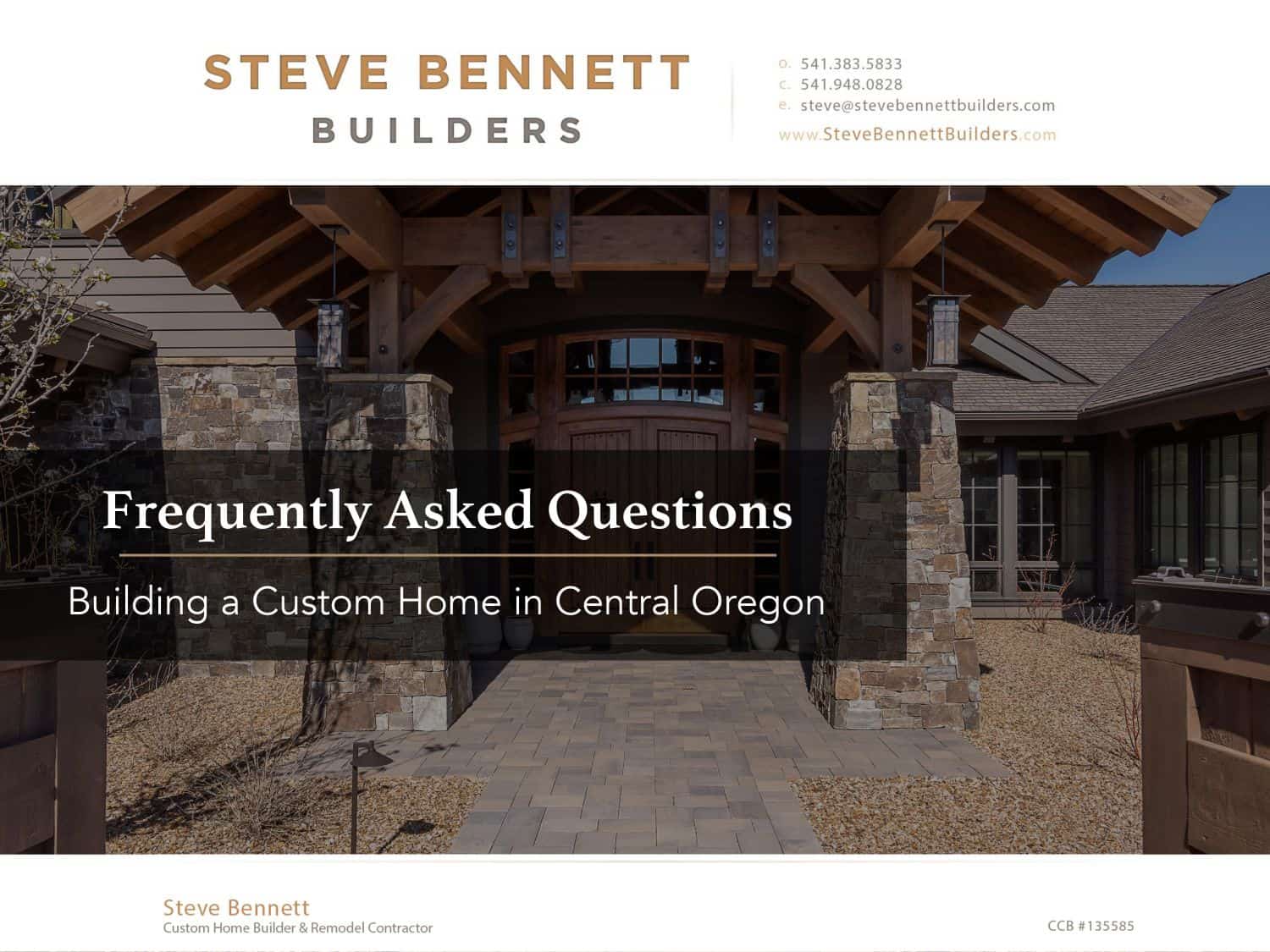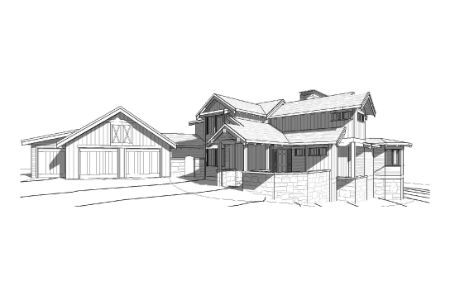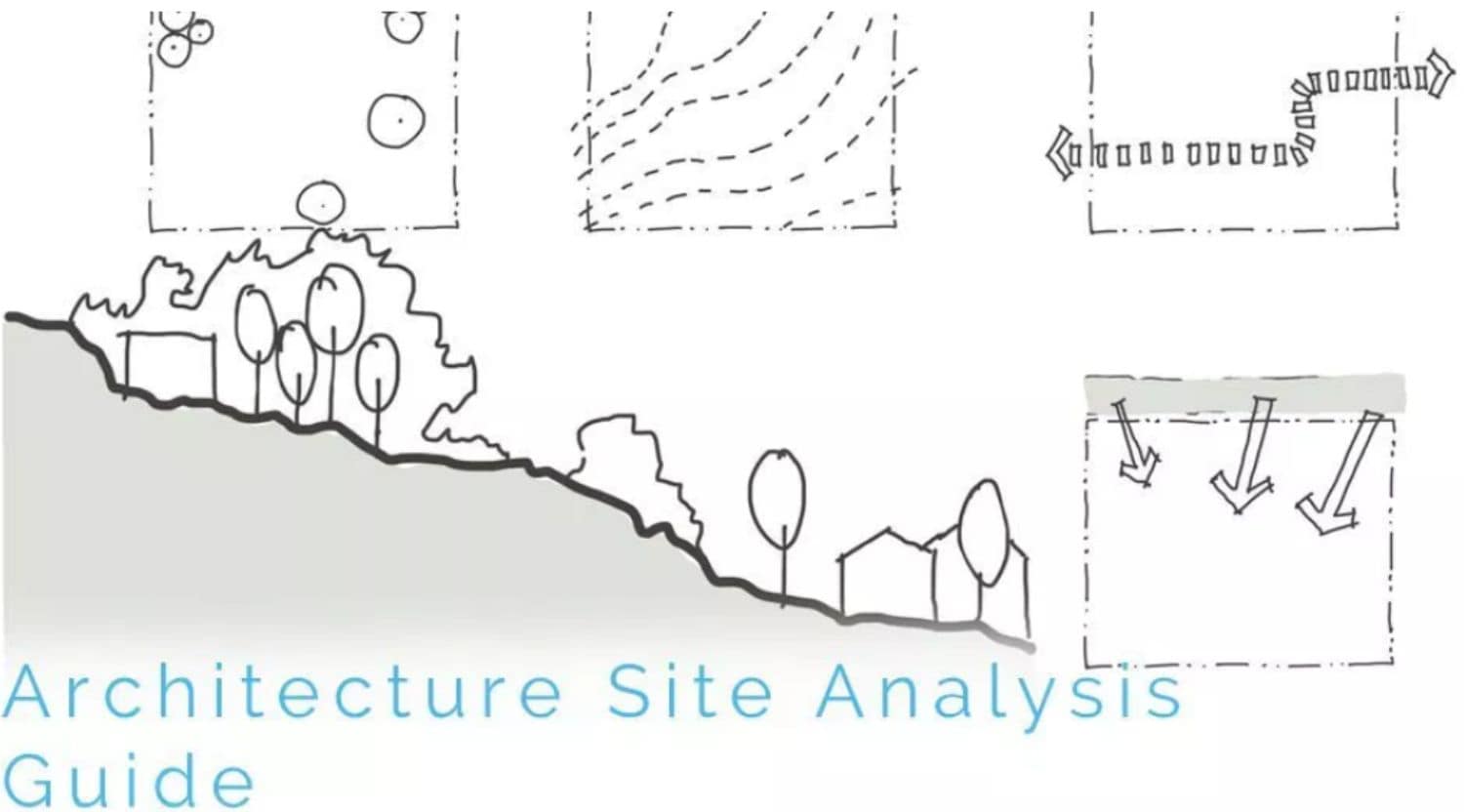How to Prepare for the First Meeting with a Custom Home Designer:
Below is a guide to help you prepare for the first meeting with a custom home designer or architect.
Checklist:
- Compile a list of standard questions you want to ask
- Prepare your thoughts – review our “Client Onboarding” FAQs
- Organize your ideas – review our Home Design Questionnaire
- Know your budget and desired timeline
- Focus on the relationship aspect more than anything
First of all, there’s no need to stress. The design firms we recommend have conducted “the first meeting” hundreds of times and they know very well how to navigate the conversation and make you feel at ease. But it doesn’t hurt to be prepared. We encourage you to prep a list of standard questions that are important to you, especially if you intend to interview 2 or 3 different firms and you want to compare their answers after the fact. See below.
What are good questions to ask an architect / designer?
We recommend you ask the following questions:
- Do you have experience designing a home in the style we want? (Hint: check their website)
- Can you provide references?
- How long will it take to design our home?
- Do you have time for us or are you too busy?
- What is your fee structure and when do we make payments?
- Can you recommend a builder? (They sure can)
- Do you have experience with sustainable design? Do you incorporate “green design” elements? (The answer is yes.)
Are You Planning A Custom Home Project?
What if you knew ahead of time the questions you were going to be asked in an interview? Wouldn’t that help you relax?
What questions will the designer / architect ask you?
Frequently Asked Questions:
Logistics:
- Have you worked with an architect or designer previously? If so, what did you like and/or dislike about the experience? What qualities are you seeking in a home designer?
- Have you ever built a custom home before?
- Do you own a lot yet? If so, where? Is it a part of a specific development?
- What is your budget? (An estimate is totally fine for now)
- What is your desired timeline for project completion? Do you have a specific holiday, life event or schedule restraint you are using as a target “move-in” date?
- What are your biggest concerns or worries in undertaking this project?
Design/Style:
- Approximately how many square feet are you thinking?
- How will you or your family members be using the home, and how frequently? (For example, do you plan to work from home? Do you plan to entertain? Are you an aspiring chef? Do you intend to host a lot of family?)
- What kind of aesthetic are you looking to achieve in the building? (For example, do you want to convey a sense of calm? Do you want an atmosphere of clean efficiency?)
- Do you have strong feelings or ideas about the “style” you want? (i.e. Lodge style, “Modern”, Mediterranean, Northwest Craftsman, Farmhouse, etc.)
- Do you have preferences on building materials? Do you have any specific types of materials in mind for this project?
- Are there particular architectural features you hope to incorporate? (For example, fireplaces, cathedral ceilings, wine cellar, etc.)
- Do you have pictures you can share with us to give a sense of what you hope to achieve? (We recommend Houzz for this)
If you are the type that loves to be organized, consider filling-out a Home Design Questionnaire ahead of time:
Some firms will provide you with a “Home Design Questionnaire” which is a form to help you articulate your vision and needs. We have compiled our own Home Design Questionnaire templte you can download here
The questionnaire should purely be seen as an “icebreaker”. –Rick Wright, Wright Design Studio
At a minimum, we encourage you to scan the questions so you can mentally prepare for the topics you will likely discuss in your meeting with the designer. If the idea of filling out a rigid form sounds daunting, or maybe you’re just not ready to articulate details about your future home, don’t worry. In fact, some firms don’t believe in the questionnaire system. I asked Jim Tebbs of Tebbs Design Group about his process and he said the following:
We feel it is best for us to interview them [first] to get an idea of their wish list or needs. Then we can field their questions and also provide some feedback and educate them on what they think they want. –Jim Tebbs, Tebbs Design Group
If you would rather wait on the form and instead have a more informal first meeting focused on the relationship element, then scan our checklist below.
Summary:
- Compile a list of standard questions you want to ask
- Prepare your thoughts – review our “Client Onboarding” FAQs
- Organize your ideas – review our Home Design Questionnaire
- Know your budget and desired timeline
- Don’t stress. Focus on the relationship aspect more than anything
Written by: Steve Bennett, Owner




